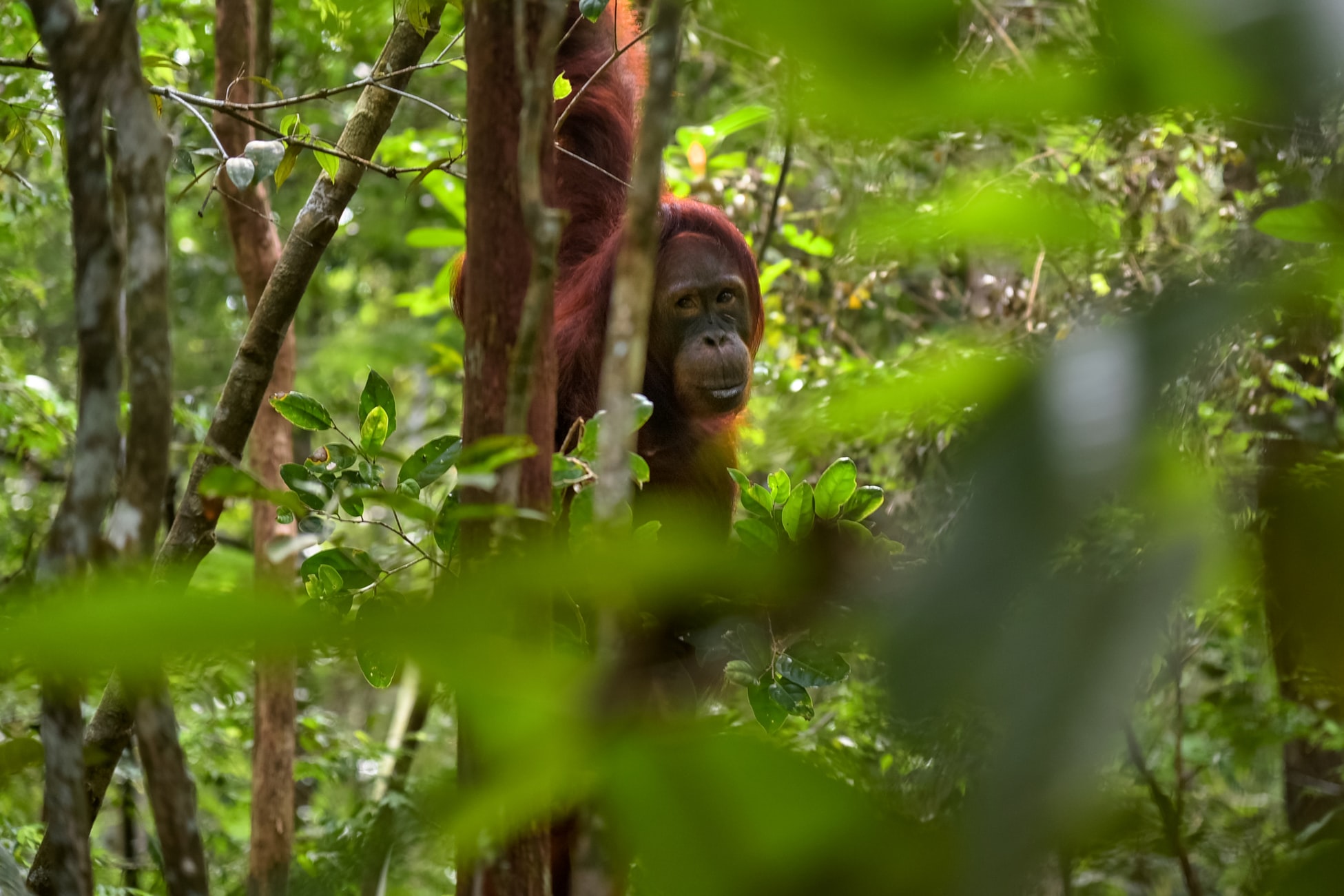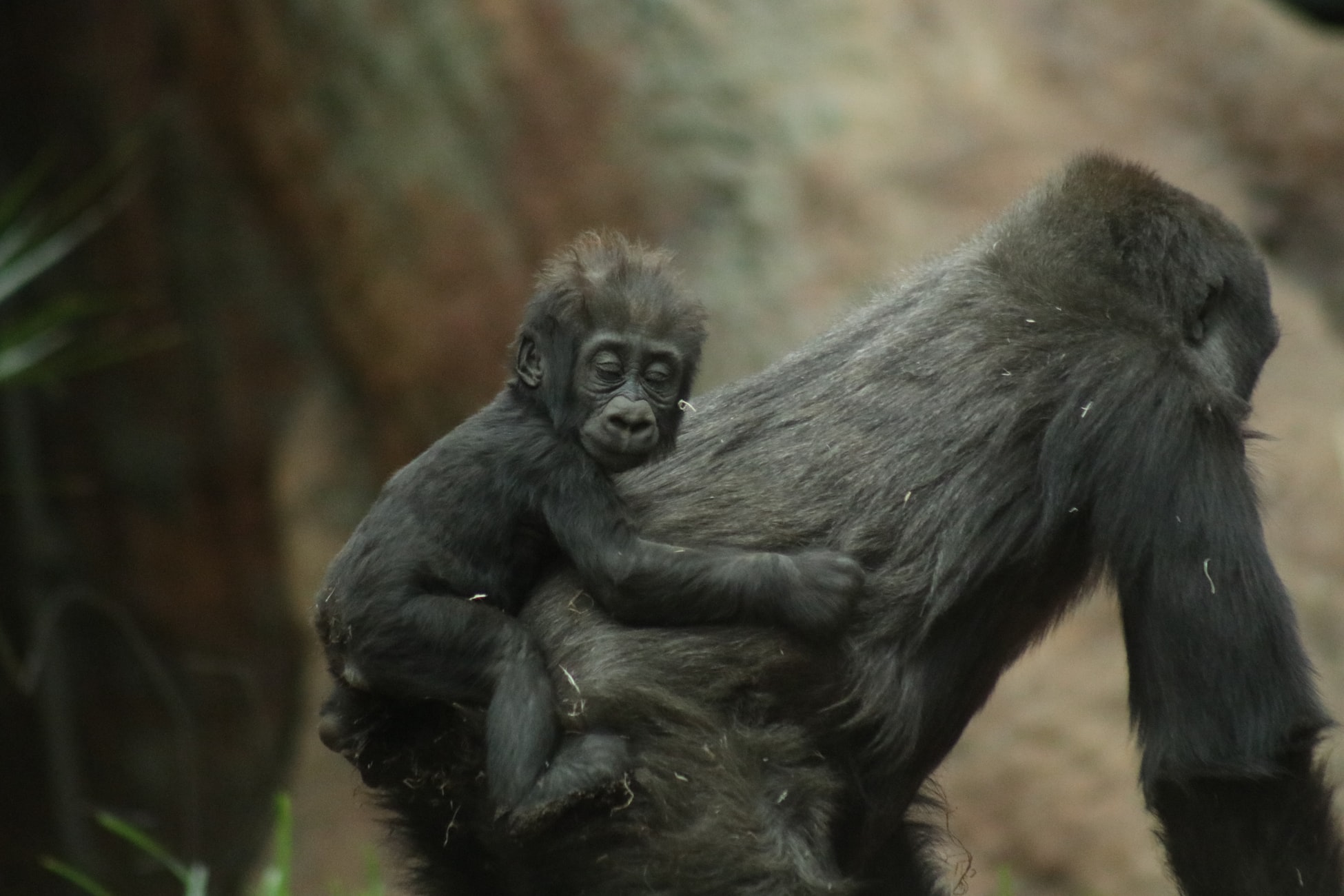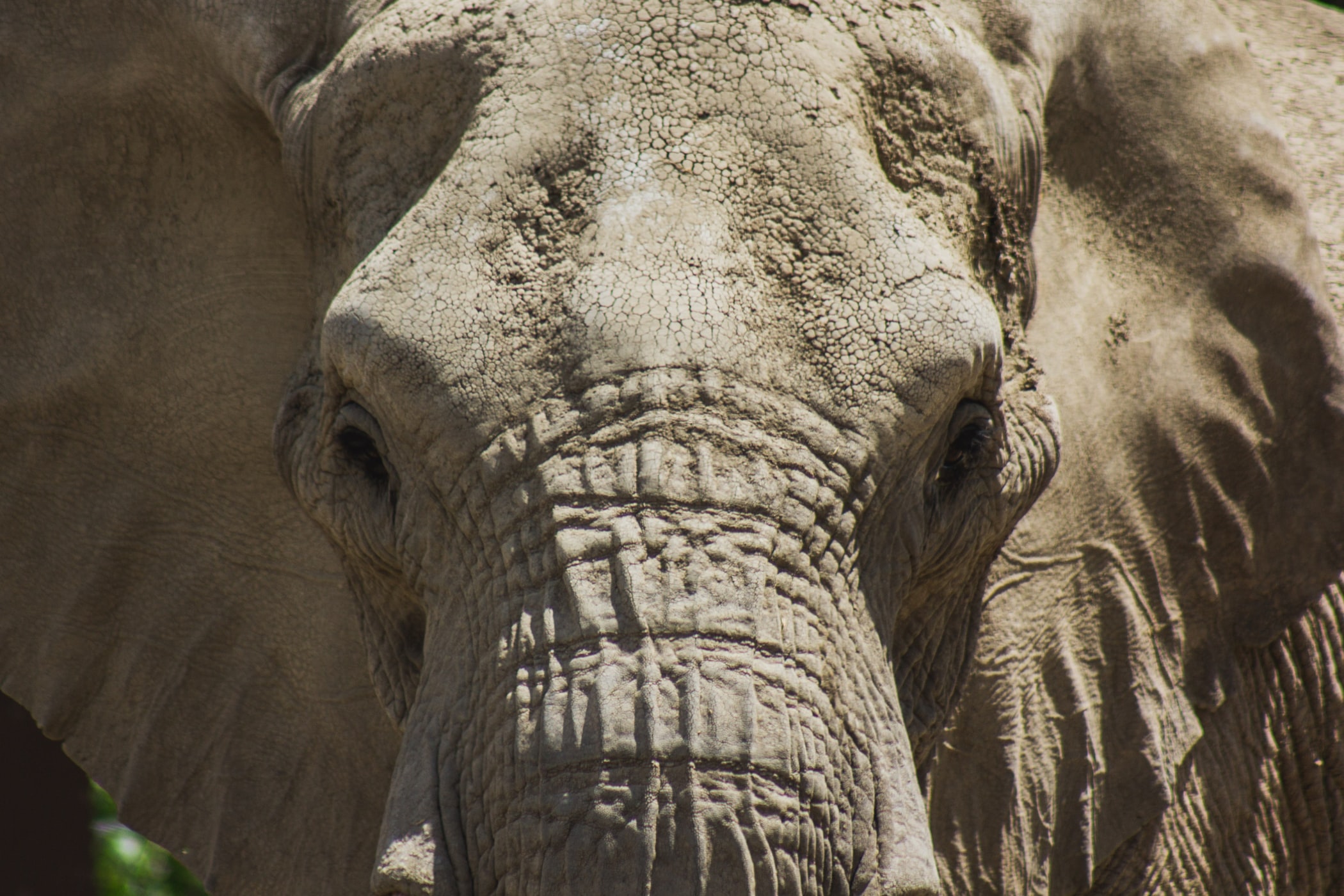
- Sustainable Planet -
- 4mins -
- 562 views
UN Nature rescue plan: Protect 30% of planet by 2030
The United Nations Convention on Biological Diversity proposes protecting 30% of the planet by 2030 in bid to to stop the Sixth Mass Extinction.
By 2030 almost a third of the Earth will need to be protected and pollution cut by half, say UN
In a draft proposal released on Monday, 13 January, the UN Convention on Biological Diversity proposed protecting 30% of the planet by 2030, setting global goals to combat the ongoing biodiversity crisis in the coming decades. Almost a third of the Earth will need to be protected by 2030 and pollution cut by half to save our remaining wildlife, as we enter the planet’s sixth era of mass extinction, according to the UN agency report.

Conservationists hope October meeting in Kunming will be a “Paris moment” for biodiversity
The draft proposal to halt the degradation of Nature and the gathering pace of species loss will be vetted by nearly 200 countries gathering in October for a make-or-break biodiversity summit, the 15th since 1994.
Up to now, UN targets to safeguard or restore ecosystems have failed for lack of political backing, implementation and enforcement.
But the need for action has never been so urgent: last year the first UN “state of Nature" report in two decades found that one million species of plants and animals are threatened with extinction.
Across the board, humanity has been the culprit. Even in recent decades, Homo sapiens have crowded, eaten, poached and poisoned many species to the brink of oblivion, and pushed others over the edge.
The so-called "zero draft" report calls for carving out at least 30% of land and sea areas, with at least 10% under strict protection, to conserve biodiversity hot spots.
The proposed figures are to be negotiated at the UN-led talks, a process similar to the one that yielded the Paris climate treaty.
Indeed, conservationists hope the October meeting in Kunming, China, will be a "Paris moment" for biodiversity which has received far less attention—and money—than global warming.
Experts and environmentalists welcomed the plan’s cornerstone target, but remained sceptical as to whether the political will exists to make sure it is met.
Source: Phys.org
Scroll down for positive news stories about what we can achieve when we take measures to help species bounce back.

When we take the right measures, we can help spaces to bounce back
HUMPBACKS ARE MAKING A COMEBACK! A key population of humpback whales is in recovery after it was pushed to the brink of extinction by centuries of human exploitation, according to a new study. Western South Atlantic humpbacks were reduced to a few hundred individuals in the 1950s, after once totalling some 27,000. However, efforts to preserve the animal have paid off, with current numbers estimated to stand at around 25,000 — about 93% of their pre-exploitation levels — the study published by the Royal Society reveals. Learn more.
ONE OF AFRICA’S LARGEST WILDLIFE RESERVES MARKS A YEAR WITHOUT ELEPHANT POACHING: Mozambique’s Niassa Reserve marks first year without confirmed elephant kill, claim conservationists. One of Africa’s largest wildlife preserves is marking a year without a single elephant found killed by poachers, which experts call an extraordinary development in an area larger than Switzerland where thousands of the animals have been slaughtered in recent years. Learn more.
RARE JAVAN RHINO POPULATION UP IN LATEST COUNT : Global numbers of the critically endangered Javan rhinoceros have increased to 72 after four new calves were spotted in the past several months. Indonesia’s Ministry of Environment and Forestry has announced that the world’s only remaining population of Javan rhinos has increased to 72 individuals in Ujung Kulon National Park (UKNP). The current count is the result of data collected through the end of September by park officials and represents an increase from 68 individuals reported in the last survey, including 4 new calves! Learn more.
DOLPHINS RETURN TO LIVE AND BREED IN POTOMAC RIVER AGAIN: Around 1,000 bottlenose dolphins have been recorded in the lower reaches of the recovering Potomac river, including one that scientists witnessed give birth in August. In the 1960s, President Lyndon B. Johnson declared the polluted Potomac River a “national disgrace.” Now, the first evidence that the Potomac River is once again a breeding area for wild bottlenose dolphins has been recorded by graduate students working with Georgetown biologist and dolphin expert Janet Mann. Learn more.


